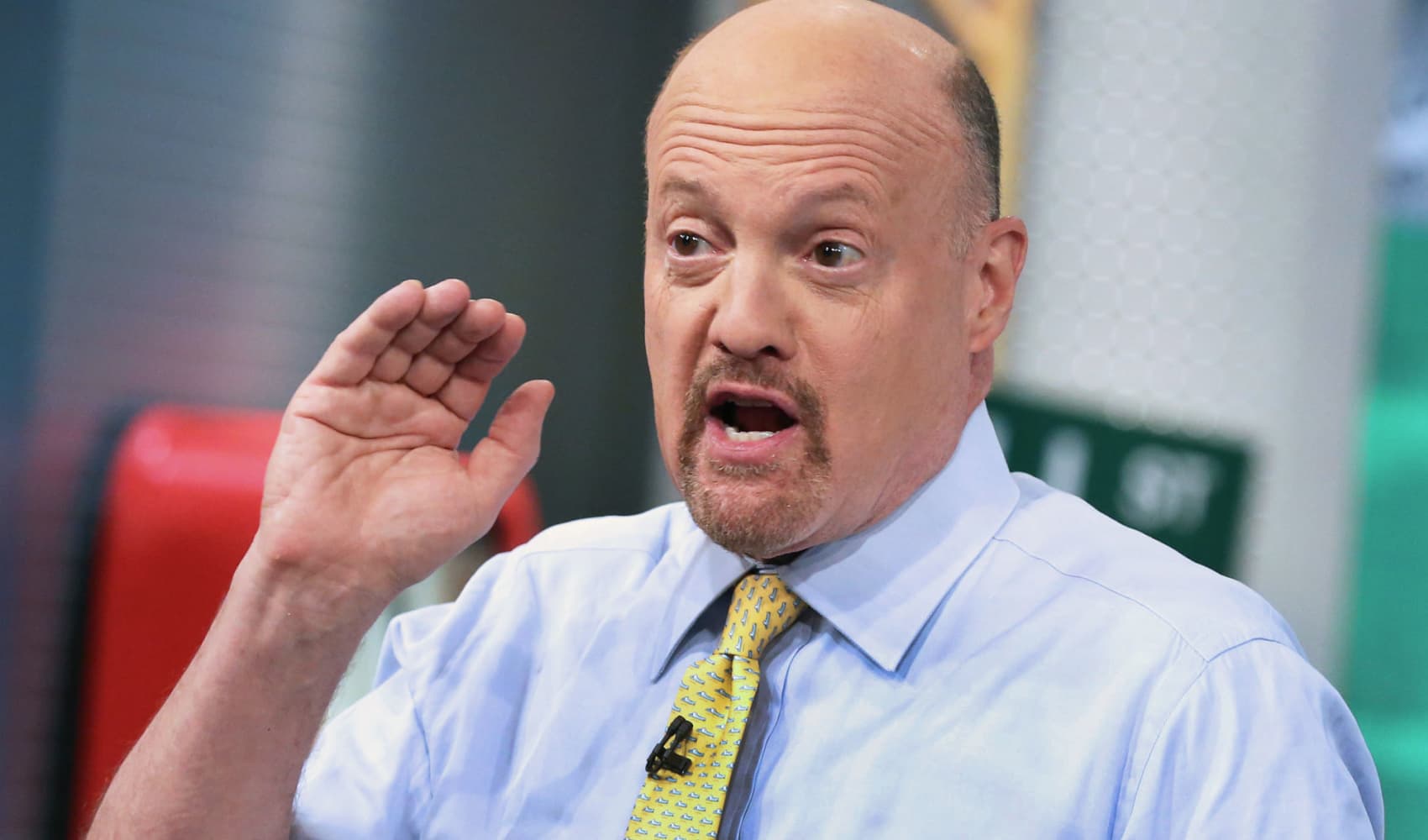
It's all about stimulus this week: will-they-or-won't-they pass the Covid relief bill.
"If it's going to happen, [this] is the week," strategist Michael Schumacher of Wells Fargo told our Patti Domm. "The government runs out of money on Friday. Congress has to come up with a funding scheme." Anything less than $900 billion at this point, said Art Hogan, would likely be a disappointment to markets.
Now, technically, the bill to keep the government funded is separate from the Covid relief bill, but as we know in politics, everything is related. Give a little here, take a little there, and somehow it all falls into place--or it doesn't.
If there's one constant refrain we've heard on CNBC over the past several months, it's the nearly universal belief that Congress needs to pass the next relief bill stat, and continual frustration that they haven't. But (a), the market has kept hitting new highs for months without it; (b) the economy has beaten expectations even after the July jobless benefits cliff and the November Covid surge; and (c), Congress usually likes to do popular things (e.g. the 96-0 Senate vote to pass the original March CARES Act)--and yet has stalled on this round. So what gives?
I thought Jim Paulsen of Leuthold Group made an interesting related observation on Power Lunch on Friday (watch it here). He was explaining why he thinks we're actually "really early in this bull market," by likening where we are now in the recovery to when we hit this same point after the last recession in 2008-09.
"We have a broad 12% unemployment rate in this country," he said, referring to the jobless rate if you include discouraged, marginal, and part-time workers. That "is the same [broad] rate we had in July of 2014, almost five years into that economic recovery, and we've had it within five months."
And it's not just the speed of this snapback that is an order of magnitude larger now. "Back then," he said, "we had about a 6.5% M2 money supply growth rate, 3% deficit-to-GDP spending, and a 2.5% [benchmark] Treasury yield." Which was enough to keep that recovery going; it ultimately lasted another five-and-a-half years.
Money Report
"Today," he said, "we have 25% money growth, 16% deficit-to-GDP spending, and a less than 1% Treasury yield." Which means, in other words, that "we're massively stimulating this, far more than we have done in the past with exactly the same labor market." Perhaps, he hinted, even over-stimulating.
From that point of view, of course the market and the economy have come roaring back; they're propelled by rocket fuel! Four times the monetary boost from the Fed; quadruple the government spending, and rock-bottom borrowing rates. No wonder you have people talking about an economic "boom" next year post-vaccine.
So perhaps Congress has been right to play it a little cautious with the relief package this time around, to space out the timing a bit, to repurpose whatever existing funds are available, make sure this one is well-targeted.
No one is eager to repeat the sluggish recovery of the early-to-mid-2010s; and based on what the government (Congress plus the Fed) has already done in response to this pandemic, hopefully, no one will have to.
See you at 1 p.m!
Kelly






